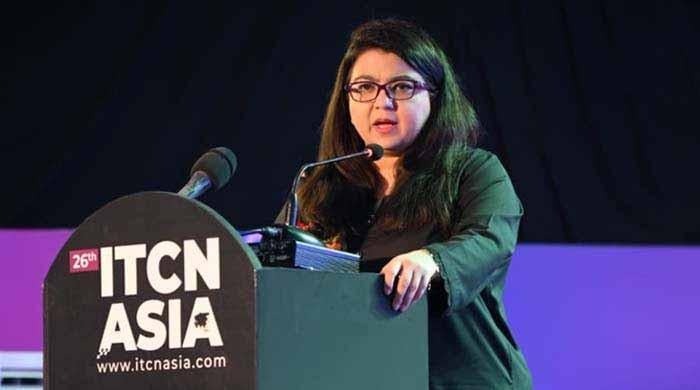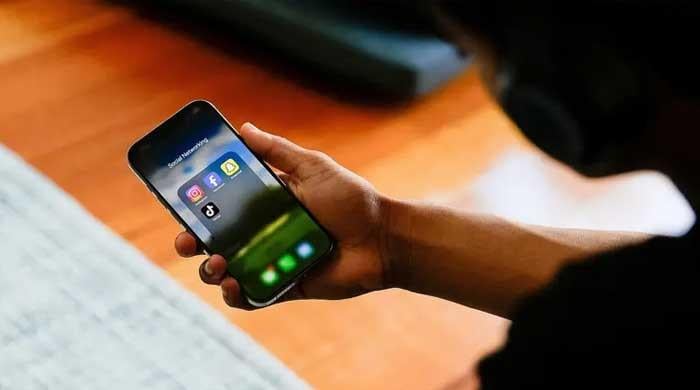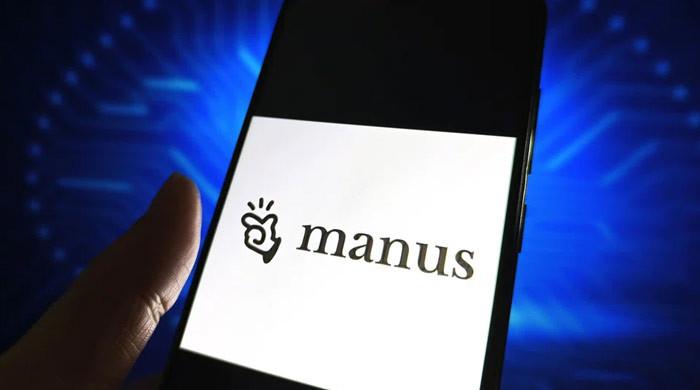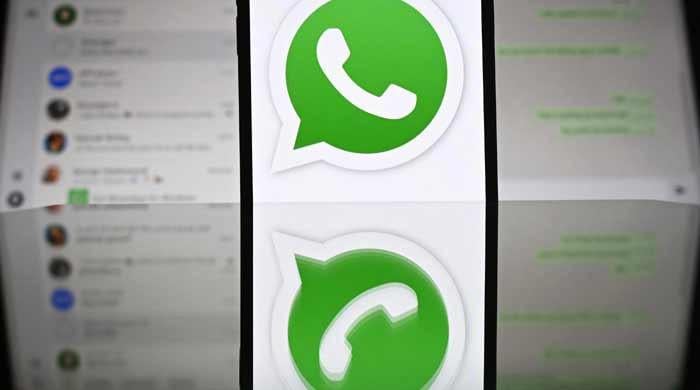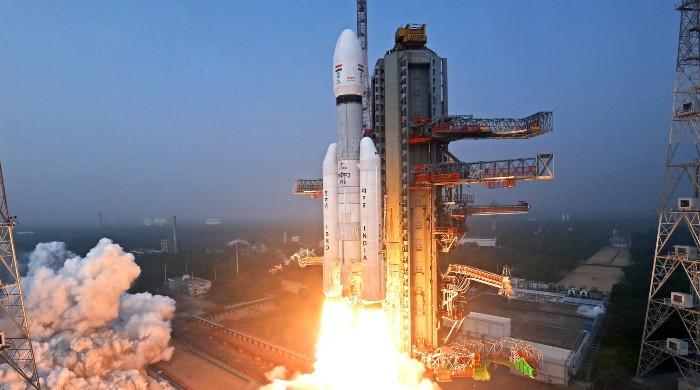This electric gel helps heal chronic wounds
In hospitals and other settings, wearable devices with electrodes placed directly on wound have been found to hasten healing of chronic wounds
December 22, 2022
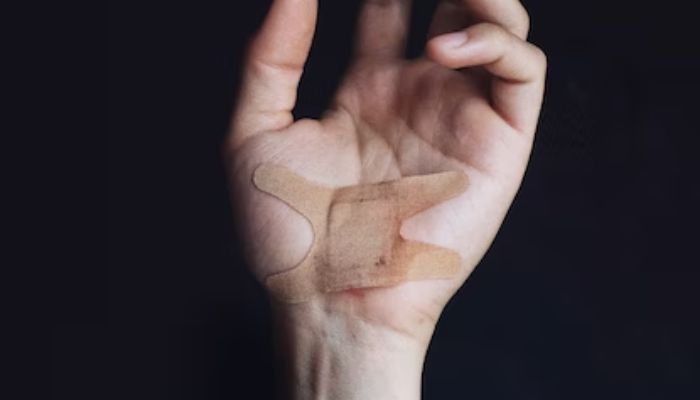
Leg ulcers and diabetic foot sores may be among the difficult-to-heal wounds that an electrically charged gel may help to treat.
The body produces a little electric current spontaneously at the borders of any form of wound (with a voltage 15 times weaker than an AA battery, according to researchers at the University of Aberdeen).
When electrically charged positive and negative ions (atoms or molecules) pass one other, a voltage is produced. The electrical charge then draws repair cells to the spot, starting the healing process.
The new gel, called Biocompatible Self-Powered Piezoelectric Hydrogel, imitates this effect. However, in the gel, electricity is produced when tiny crystals made of a substance called polyvinylidene fluoride are squeezed. Consequently, physical activity (moving the affected body part) also increases the effect, creating more electricity across the wound.
In hospitals and other settings, wearable devices with electrodes placed directly on the wound have been found to hasten the healing of chronic wounds. External electricity is already used to accelerate healing.
The electric gel uses so-called piezoelectricity technology, in which crystals transform mechanical energy into electrical energy, and doesn't require any extra apparatus.
This is frequently employed, for instance, in gas stoves and barbeque lighters where a spark is produced when artificial pressure is applied, producing a voltage.
Researchers have recently used polyvinylidene fluoride to produce a gel with a crystal structure.
This is applied to wounds; the amount depends on the size of the wound; once in situ, it produces a very little electric current to help the healing process get underway.
The novel gel was created to treat chronic wounds. A research study published in the journal Applied Materials & Interfaces in October demonstrates that it draws in repair cells and greatly boosts the presence of healing substances.
Researchers from West China Medical Center, Sichuan University, discovered in a laboratory study that physical activity-induced movement was also turned into electrical energy, hastening the healing process. More trials are now expected.
According to a Daily Mail report, Dr Bav Shergill, a consultant dermatologist at the Queen Victoria Hospital, East Grinstead, says: "There have been many scientific papers that show the benefits of this technology of selective stimulation for wound healing."
"The principles here are sound, but the delivery is novel and very interesting."




